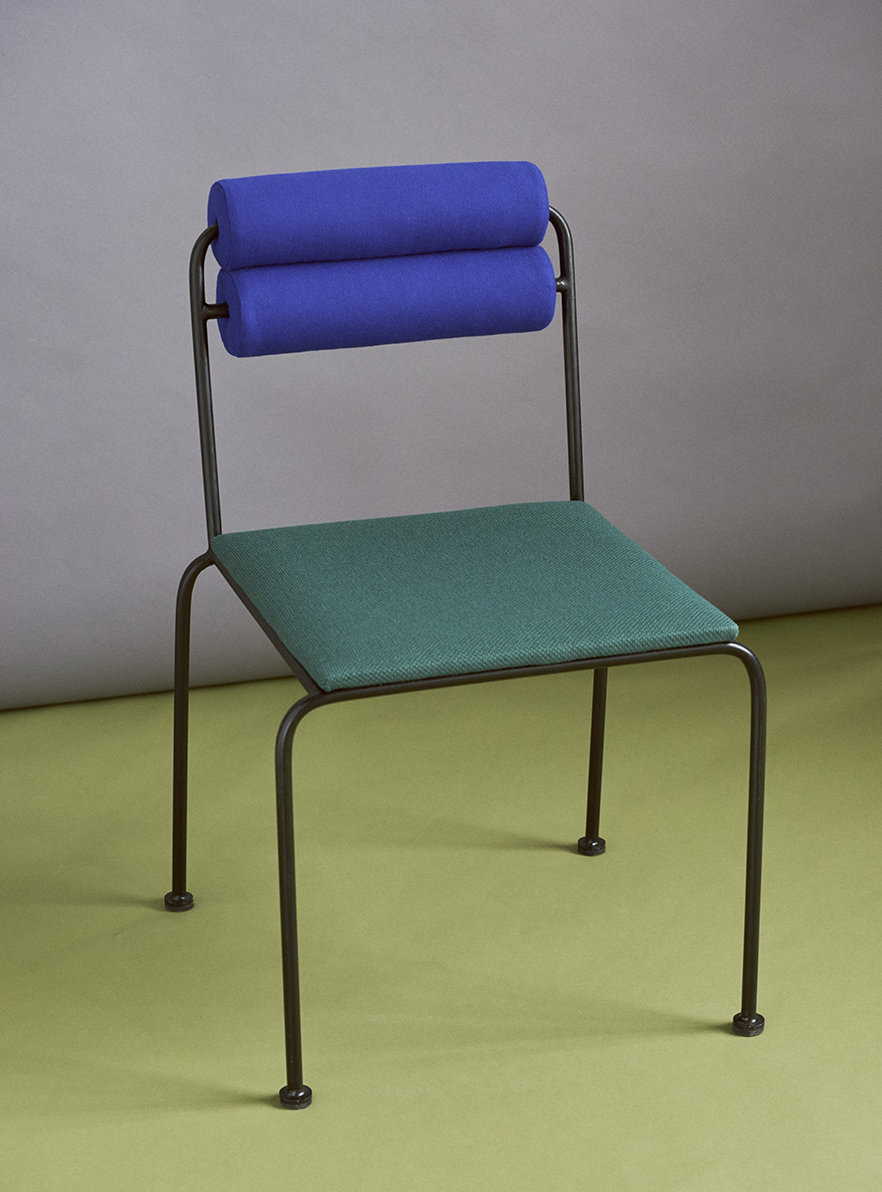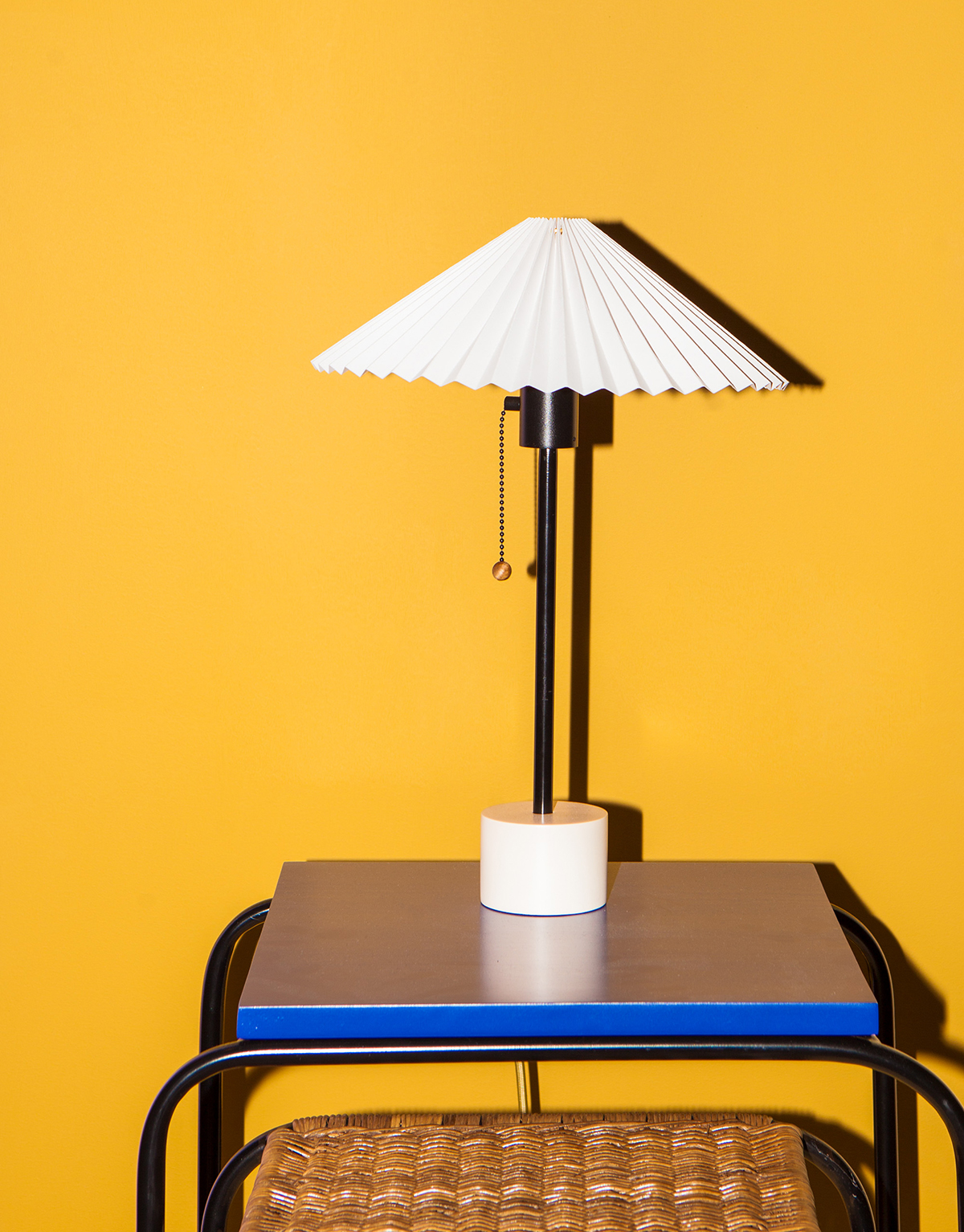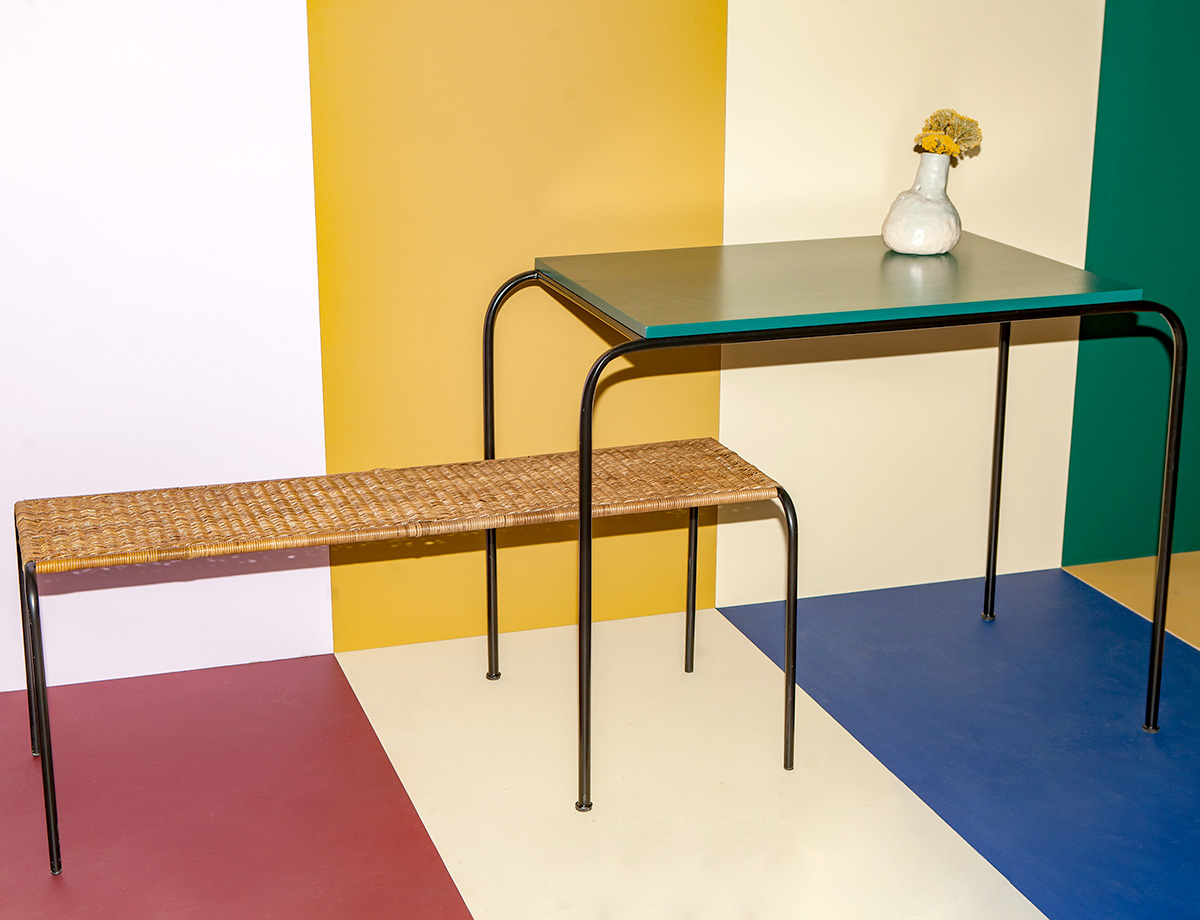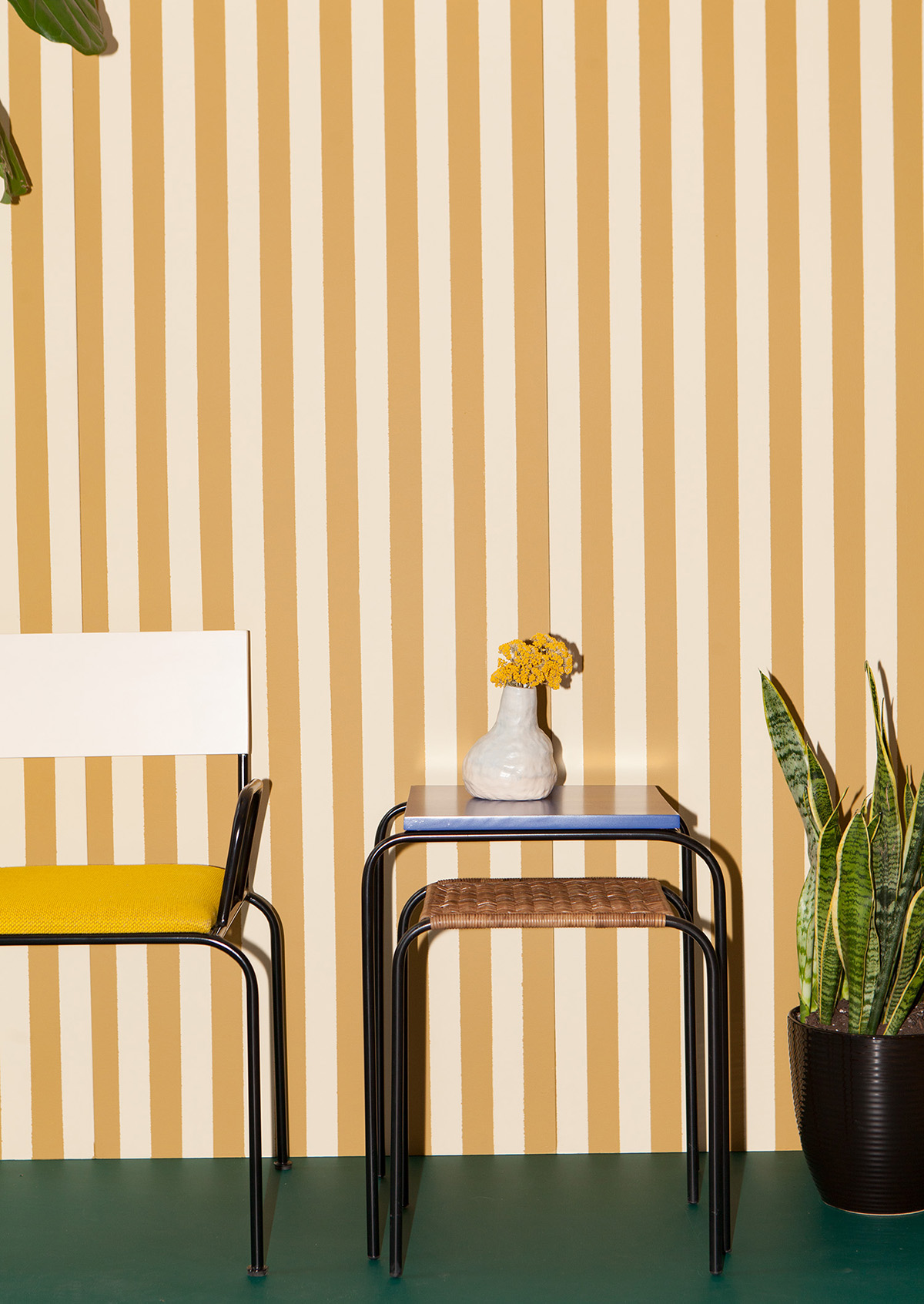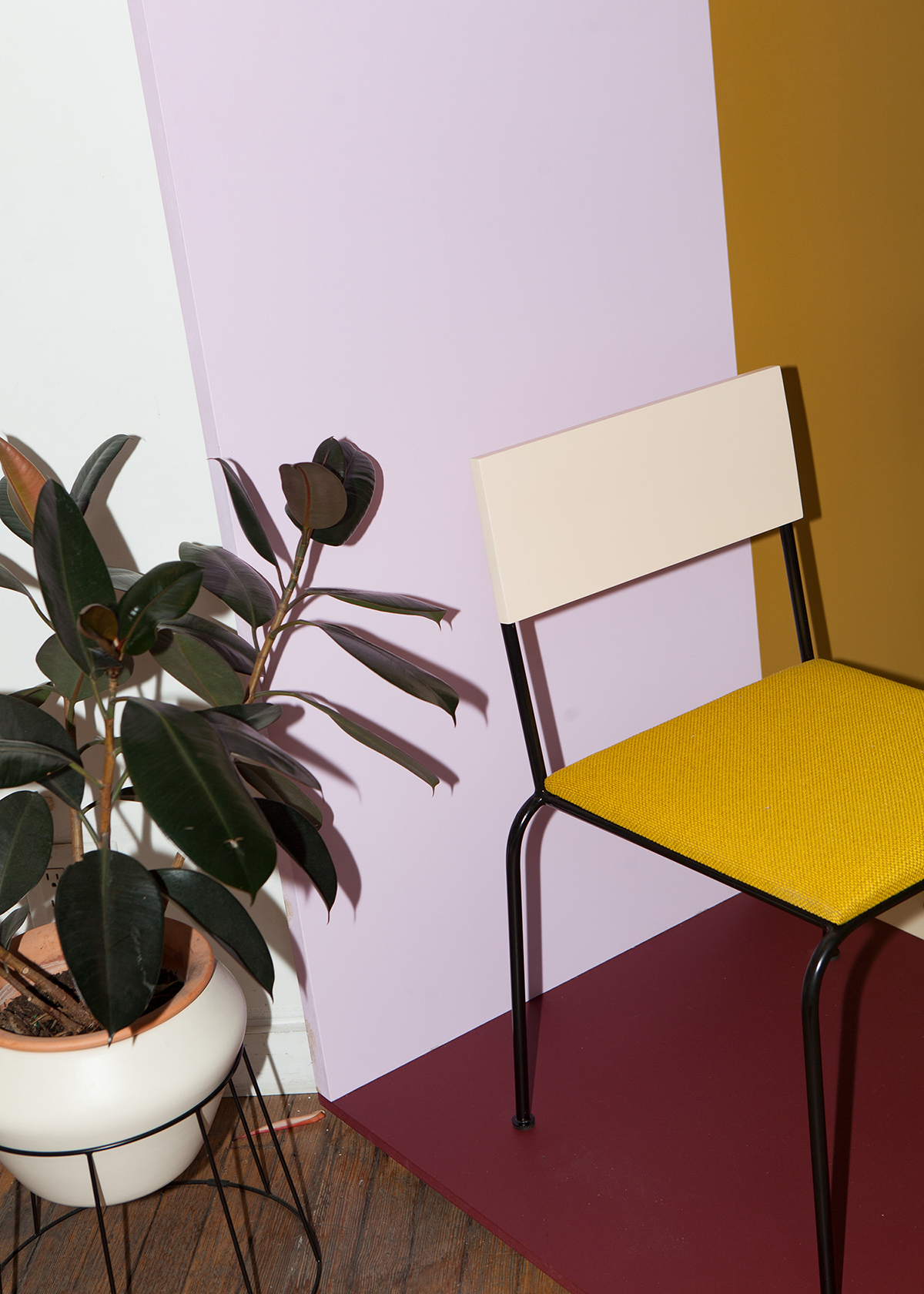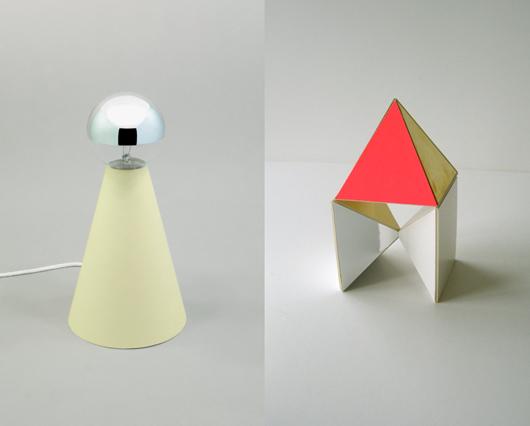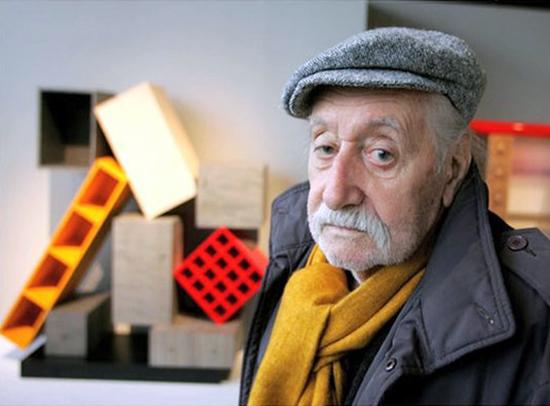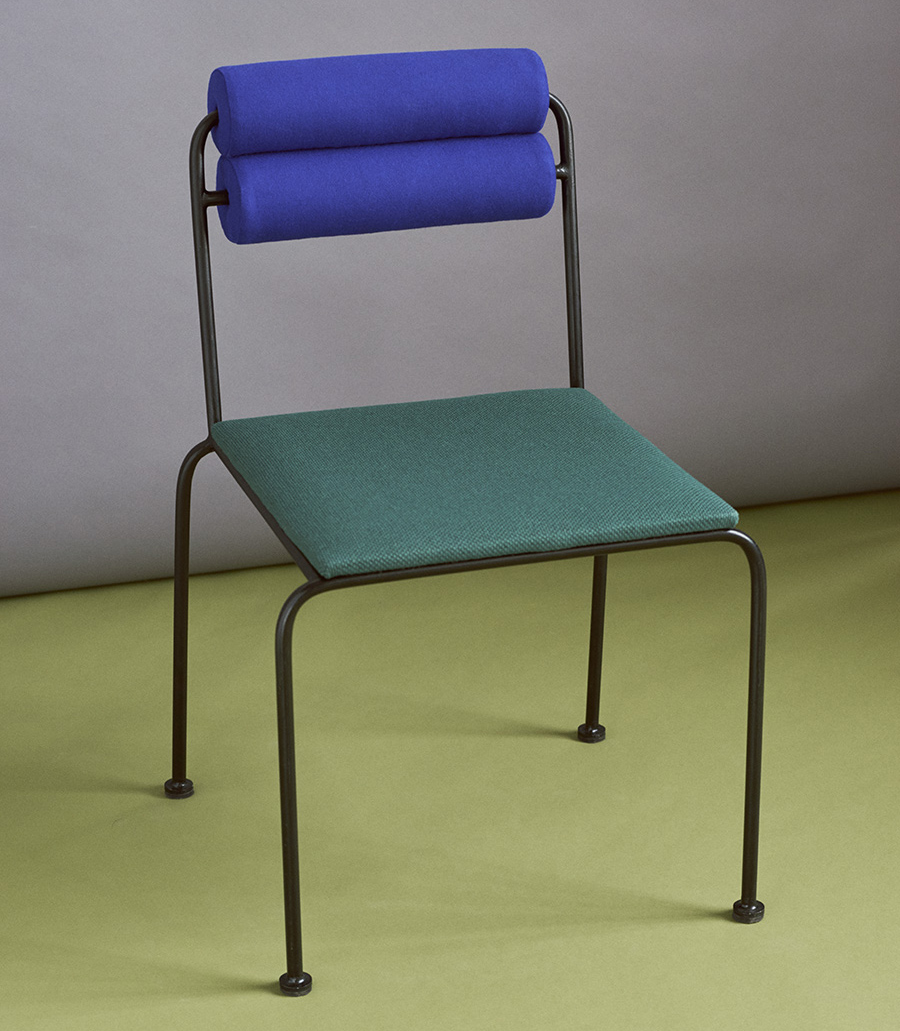
American Design Hot List 2018
Studio Sayso
New York, studio-sayso.com
At OFFSITE this past May, product and furniture designer Sophie Lou Jacobsen and interior designer Sarita Posada teamed up to create what was easily one of our favorite new launches this year: A collection of caned and color-blocked furniture and lighting that turns inspirations from 1930s French and 1970s Italian design into something energetic yet timeless. We want every. single. piece.
What is American design to you, and what excites you about it?
American design embodies the general attitude of American culture: open minded, loose rules, always a little bit of cutting and pasting from the past and other cultures to make something new, and a little scrappy. Though American design firmly has its roots in modernism, since then it seems it’s greatly been influenced by the country’s hyper-postmodern spirit, for better or worse. Sophie started her design education and career in Europe, which is so steeped in a strong sense of design and has such rich history that at times it felt a bit difficult to step outside of that mold. There are a lot of rules to follow and big shoes to fill, whereas in New York, because the American design scene was relatively quiet for some time prior to the last decade, designers are forced to carve out their own space. That’s very powerful. There also isn’t as much infrastructure to work within (big companies, manufacturers, larger studios, etc), so there’s also a very strong sense of entrepreneurship here.
Ultimately — though it stills seems sometimes we have some catching up to Europe to do in certain ways, like creating more opportunities for designers and instilling a more widespread, everyday culture and dialog around design in society — today American design feels stimulating, exciting, hyper expressive, and full of possibilities, and it seems to be only growing stronger in that respect.
What are your plans and highlights for the upcoming year?
We launched Collection 01 this May, and it was incredibly well received. While we’re both continuing to work on our individual practices — Sarita’s designing a large-scale hotel project and Sophie has been working on a cafe in Bushwick, among other things — we’re working on new Studio Sayso furniture pieces and will continue collaborating on more installation and set design projects. The studio was created in the spirit of collaboration, and with that in mind we look forward to working with other like-minded business owners, entrepreneurs, and brands.
Additionally, we’ve set up a wonderful network of manufacturers in Medellín that, paired with Sarita’s hospitality design experience and Sophie’s industrial design experience, gives us a unique strength in creating custom pieces specifically for the hospitality industry, which is another area we’re exploring.
What inspires or informs your work in general?
We’re both first-generation Americans — Sophie’s family is French and Sarita is Colombian — and both of our families have long moved back to these countries. So we’ve both had one foot in another country our entire lives and are being constantly stimulated by our surroundings, travel, people, and strong cultural heritages. In cities like London, Paris, and New York you’re always surrounded by wonderful design, whether you know it or not, and we both keep an eye out for it everywhere we go. This is how Sarita became fascinated with the idea of translating classic Colombian archetypes into contemporary furniture, and how Sophie gets ideas for products by noticing interesting idiosyncrasies in the objects she encounters everyday. Those points of inspiration are also noteworthy because of our different design perspectives — interiors vs. products — and because Sarita’s work is context-driven, while Sophie’s is object-driven. And the meeting of those two points of view have been very helpful in our collaboration.
Sarita has a very good knowledge of historical design references, which she has built up throughout her years as an interior designer, and Sophie’s view tends to be more on the contemporary side, but our main overlapping references would have to be 1930s French and 1970s Italian design. These eras were at the same time strongly critical and humorous, which is something we’re both drawn to.